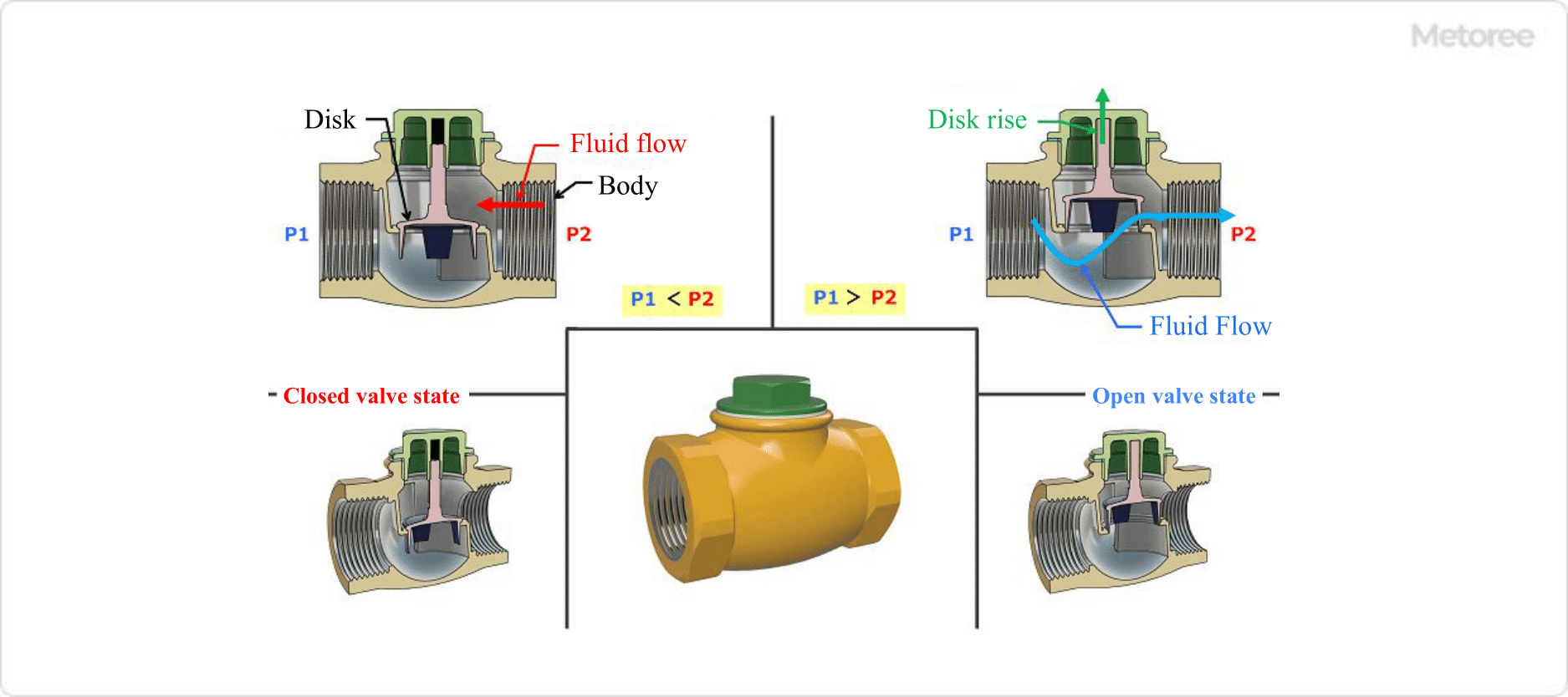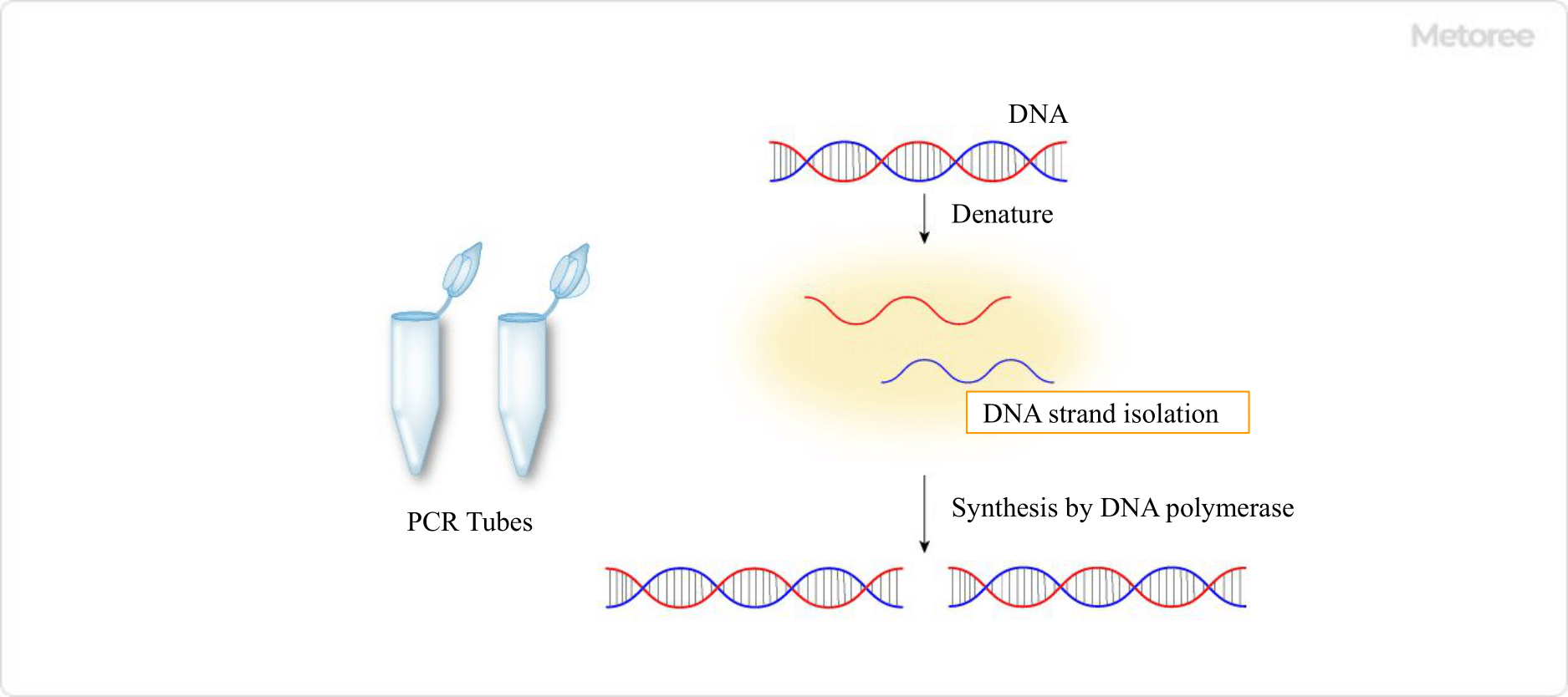What Is a Desiccator?

A desiccator (dehumidifier) is a container used to store items that should be kept away from moisture. The oldest types are circular and made of thick-walled glass. A desiccant such as silica gel may be used to maintain a dry condition. The internal air composition and humidity can be controlled. Reagents, samples, electronic equipment, etc., with hygroscopic or deliquescent properties are stored in this type. Desiccators of various sizes and functions are available according to the nature and size of the sample or substance to be stored inside.
Purpose of use of desiccators
The main purposes of desiccators include the following:
1. Dehumidification and Dry Storage
Glassware, specimens and reagents, samples with tidal characteristics, plant seeds, electronic equipment, etc., are often stored in desiccators. Since desiccators are instruments for maintaining dryness, they are not suitable for wet materials. They should be dried beforehand before placing them in.
2. Storage of Optical Products
Camera lenses and semiconductor components can lose performance due to moisture and mold. For this reason, they may be placed in desiccators (auto-dry type) with powerful dehumidification functions.
3. Prevention of Material Oxidation
For more powerful dehumidification or to store items that need to be shielded from oxygen, it is necessary to control the air inside by gas displacement or vacuum.
Principle of Desiccators
Types of desiccators are classified according to the dehumidification method and can be roughly divided into the following categories:
1. Auto Dry Desiccator
These are equipped with a dehumidifier or similar device that controls humidity through electrical control. They can control the humidity inside the storage and require little maintenance.
2. Gas Displacement Desiccators
This method replaces the air inside the desiccator with an inert gas (nitrogen, argon, etc.) and has the highest dehumidification capacity. It is also capable of expelling moisture and oxygen inside the desiccator, making it suitable for storing samples that can react with oxygen.
3. Vacuum (Decompression) Desiccators
A vacuum desiccator removes air from the inside of a desiccator to create a vacuum. Vacuum desiccators are also used for vacuum drying, degassing, and defoaming (the process of removing gas from liquids).
4. Dehumidifier Type Desiccator
A desiccant agent such as silica gel adsorbs moisture in the chamber. The desiccant requires maintenance but is inexpensive and easy to obtain. Circular glass desiccators have grease applied to the contact points between the body and lid to make them airtight, so care must be taken to keep them dust-free. This type is also called a glass desiccator.
How to Use a Desiccator
This section describes how to use the dehumidifier type vacuum desiccator:
Vacuum desiccators have holes or other openings in the container for vacuuming. Also called glass desiccators, they are now also available in the same shape, made of polycarbonate or stainless steel. There are also products with vacuum gauges and small rectangular products.
Dehumidifier-type desiccators are supported firmly by the lid and body when carried. The mortise between the lid and body should be spread evenly with Vaseline or grease. Some polycarbonate decapitators are dry-sealed with an O-ring and do not require greasing. In this case, be careful to prevent dust from entering.
Place a desiccant in the lower part of the desiccator (under the middle plate). It is easier to replace the desiccant if it is placed in a container such as a crystal dish. In addition to silica gel, other desiccants include zeolite, potassium hydroxide, anhydrous calcium chloride, phosphorus pentoxide, and concentrated sulfuric acid. Silica gel and zeolite can be used repeatedly by regenerating them.
The reagent or sample to be dried is placed on the medium plate. In the case of a greased desiccator, the lid may stick and not open, so the lid should be placed 5 mm away from the body of the desiccator.
For vacuum drying, open the top cock and place a trap between the tubes in the middle of the tube. Suction is applied using an aspirator or similar device to reduce the pressure gradually. Close the cock after completely depressurizing the tube.
If the pressure has been reduced, open the cock to return the pressure to normal, and then open the lid. If air enters the desiccator with great force, the sample may be blown away, so place the filter paper against the glass tube where the air enters and open the cock. Once the filter paper falls out, the inside of the desiccator returns to normal pressure.
Open the lid by sliding it to the side. If too much force is applied, there is a possibility of dropping and breaking the lid. Be especially careful if the glass is made of glass.
Auto Dry Desiccator
Auto-dry desiccators are shaped like a typical storage cabinet or storage shelf.
They vary in size from small (40 cm x 35 cm x 45 cm) to large (nearly 180 cm high). The larger ones usually have casters for mobility.
Most auto-dry desiccators use a dehumidification method based on a solid polymer electrolyte membrane, which directly electrolyzes the moisture in the air inside the chamber and releases it outside the desiccators. Dehumidification capacity with this method can be up to ~25%, the humidity is adjustable, and no condensate is produced. More powerful dehumidification is also possible when used in combination with silica gel. UV-cut and anti-static products are also available.
 A choke coil is an element used in electrical circuits and is a type of inductor optimized for use as a choke.
A choke coil is an element used in electrical circuits and is a type of inductor optimized for use as a choke.









 Die casting is a type of casting method in which molten material is heated and poured into a mold.
Die casting is a type of casting method in which molten material is heated and poured into a mold. A Solar Generator is a device that supplies electricity generated by
A Solar Generator is a device that supplies electricity generated by 
 A Ceramic Bearing is a
A Ceramic Bearing is a